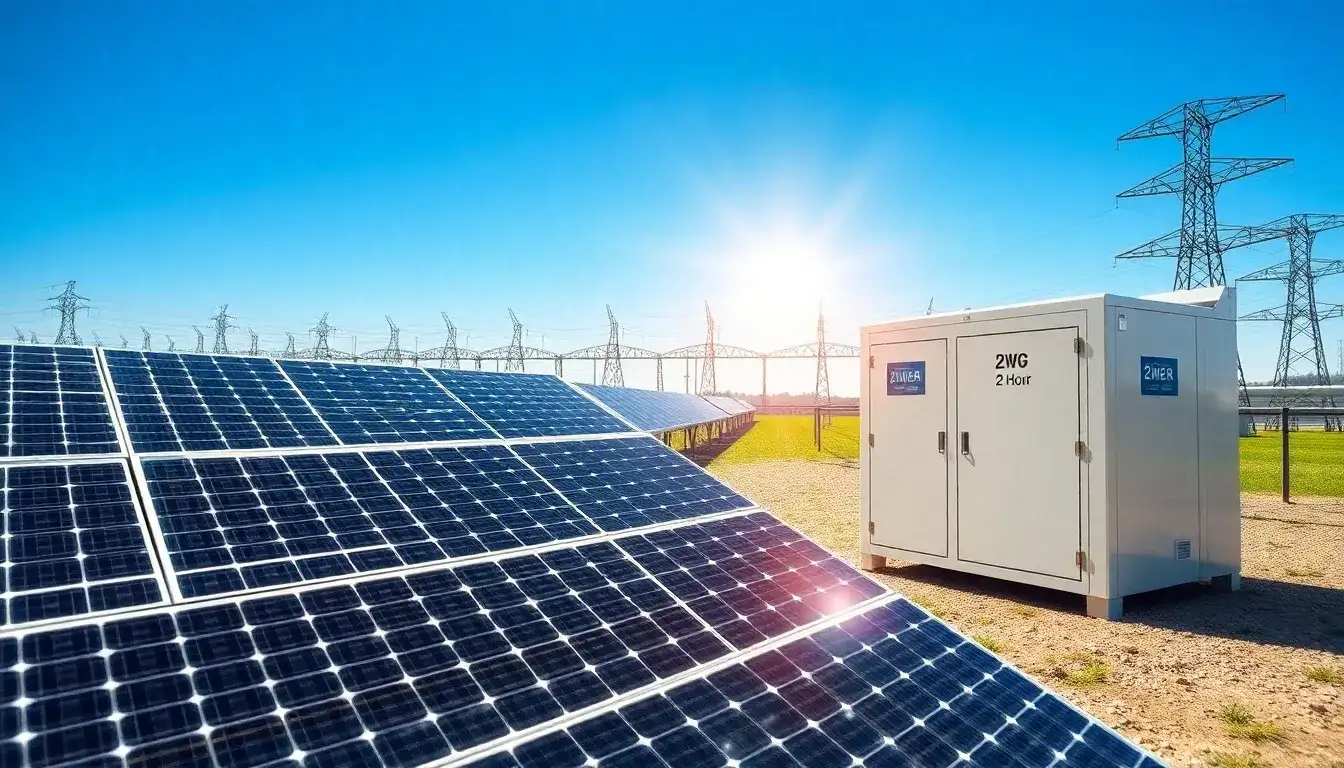
The Ministry of Power (MoP) has announced a new requirement for all Renewable Energy Implementing Agencies (REIAs) and state utilities to integrate a minimum of two hours of co-located energy storage systems (ESS) into all solar tenders. This storage must be equivalent to 10% of the installed solar capacity. Additionally, in an advisory to REIAs, state governments, and generating stations, the MoP suggested that distribution licensees should also consider implementing this two-hour storage requirement for rooftop solar installations.
If these mandates are successfully implemented, the government anticipates that around 14 GW/28 GWh of storage capacity will be installed by 2030. This ESS mandate aims to address intermittency issues and provide essential support during peak demand periods. REIAs are encouraged to explicitly include this requirement in their bid documents to guarantee the availability of storage during non-solar hours.
These changes are part of the government’s strategy to enhance grid stability, reliability, and efficient energy utilization, all while striving to reach India’s goal of achieving 500 GW of renewable energy capacity by 2030. The integration of ESS will help mitigate the challenges posed by the intermittency of renewable energy projects by storing excess energy generated during low production periods and ensuring a more stable grid.
The storage systems can operate in two modes: single-cycle mode, where they charge using nearby solar power and discharge during the evening, and double-cycle mode, where they can be charged with grid energy during low demand hours and discharged during peak hours, in addition to utilizing solar power.
As of December 2024, the installed capacity of ESS stood at 4.86 GW, comprising 4.75 GW from pumped storage projects and 0.11 GW from battery energy storage system projects. According to the National Electricity Plan published by the Central Electricity Authority, India will need 73.93 GW/411.4 GWh of storage capacity to support the targeted 364 GW of solar and 121 GW of wind capacity by 2032.
In 2023, the Ministry of New and Renewable Energy proposed a bidding plan for 50 GW annually from 2024 to 2028 for all REIAs, which includes a minimum of 10 GW of wind tenders. In recent months, REIAs and state agencies have issued several standalone energy storage tenders.
Stay updated with Mercom’s real-time Regulatory Updates to ensure you don’t miss any important developments in the renewable energy sector.
Original article by NenPower, If reposted, please credit the source: https://nenpower.com/blog/government-requires-two-hour-energy-storage-for-solar-tenders-to-enhance-grid-stability/


